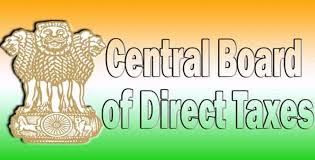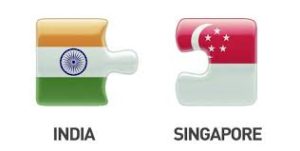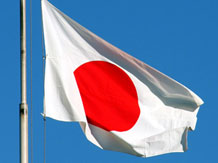 The smart cities planned by the government will use nearly 1.6 billion of connected things or Internet of Things (IoT) by 2016, an increase of 39% from 2015, Gartner said in a report.
The smart cities planned by the government will use nearly 1.6 billion of connected things or Internet of Things (IoT) by 2016, an increase of 39% from 2015, Gartner said in a report.
IoT is the network of physical objects or “things” embedded with electronics, software, sensors, and network connectivity, which enables these objects to collect and exchange data.
“Smart commercial buildings will be the highest user of IoT until 2017, after which smart homes will take the lead with just over 1 billion connected things in 2018,” said Gartner’s Research vice president Bettina Tratz-Ryan.
Commercial real estate benefits greatly from IoT implementation as it creates a unified view of facilities management as well as advanced service operations through the collection of data and insights from a multitude of sensors.
“Especially in large sites, such as industrial zones, office parks, shopping malls, airports or seaports, IoT can help reduce the cost of energy, spatial management and building maintenance by up to 30%,” Tratz-Ryan said.
The business applications that are fuelling the growth of IoT in commercial buildings are handled through building information management systems that drive operations management, especially around energy efficiency and user-centric service environments, Gartner said.
“In 2016, commercial security cameras and webcams as well as indoor LEDs will drive total growth, representing 24% of the IoT market for smart cities,” she said.
Tratz-Ryan further said IoT deployment in commercial buildings will continue to grow at a rapid pace over the next few years, and is on pace to reach just over 1 billion in 2018.
“Incentives into the deployment of IoT in commercial real estate will fuel its development,” she added.





